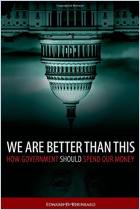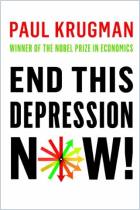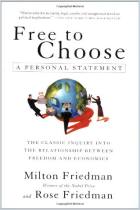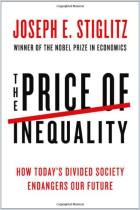
Return to Prosperity
How America Can Regain Its Economic Superpower Status
Copyright © 2010 by Arthur Laffer, Ph.D. and Stephen Moore. Reprinted by permission of Threshold Editions, a division of Simon & Schuster, Inc.
ISBN: 9781439159927
Pages: 336
Recommendation
Prominent economist Arthur Laffer is a contrarian’s contrarian. He urges trade with North Korea and Cuba, dislikes unions, despises stimulus packages, loves the flat tax and espouses offshore drilling in the Gulf of Mexico (note, though, that the book predates the oil spill catastrophe there). The inventor of the Laffer curve (which says, not without debate, that cutting tax rates for rich people ultimately produces more government revenue) offers evidence for each of his zingers, though he meanders at times, and his points are sure to raise hackles. He issues economic warnings with the intent that “you should be scared,” yet this isn’t a partisan book – Laffer’s informed insights, criticism and praise extend to both sides of the political aisle. He productively draws upon his own professional and personal experiences. When he writes that Americans are leaving high-tax states to move to low-tax states, he notes his own shift from California to Tennessee. Laffer is a supply-side conservative, but he voted for Bill Clinton, and he explains why. getAbstract, which recommends books but takes no political stands (the opinions in the Abstract are the author’s), suggests this analysis to policy makers and students of economics who welcome a curmudgeonly but deeply experienced perspective.
Summary
About the Authors
Noted conservative economics adviser to Ronald Reagan and Margaret Thatcher, Arthur B. Laffer, Ph.D., heads Laffer Associates and Laffer Investments. Stephen Moore, senior economics writer for The Wall Street Journal editorial page, is a CNBC-TV contributor.




















Comment on this summary or 开始讨论